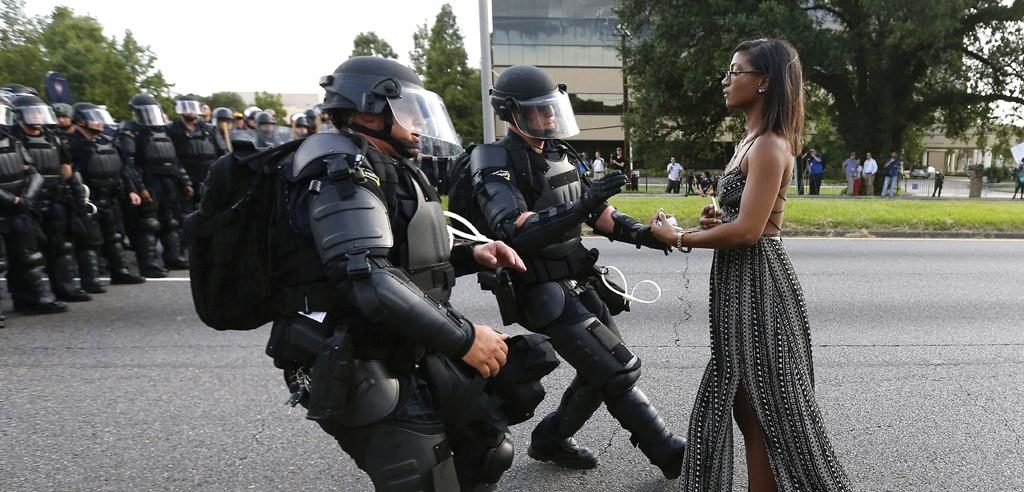Are There Good Cops? Part 4

In the South, the answer may well be no.
Almost a year ago, the roaring chants echoed in the streets: Defund the police! Abolish the police! The tide of public opinion spurred some of the nation’s more liberal cities into action. Los Angeles cut $150 million from its police department budget, New York City pledged to shift $1 billion from its police department to social services, and the Minneapolis City Council removed the requirement for a police department from its city charter. But in Southern states—home to the nation’s largest Black population—the pattern has been one of strengthening police departments in rural communities. This has been true even in towns led by liberal Black city officials, bringing into sharp relief the urgent need to protect some of the nation’s most vulnerable citizens—Black rural Southern folks.
In Columbus, Mississippi, a town of fewer than 25,000 residents, Mayor Robert Smith, a Black man, has bolstered police power and surveillance to address violent crime. In a recent public address, he announced that he was launching the Concerned Citizens Crime Prevention Task Force, the fourth such task force during his 12-year tenure as mayor. Task Force members include the heads of the city and county police departments, Chief Fred Shelton and Captain Brian Turner, both Black men.
During his address, Smith explained that he believed the causes of crime were complex, citing high unemployment rates and poverty as factors. Although he stated he believed crime would occur regardless of how many officers are patrolling, he later praised the Columbus Police Department (CPD) for increasing its patrolling and surveillance capacity. Despite being deployed in full force and patrolling the city alongside additional officers from the Lowndes County Narcotics Task Force and the city’s police reserve, however, CPD failed to prevent three homicides during the holiday season. Smith, who is expected to run for re-election this fall, has not articulated a plan of action other than sending more police officers into the streets. While the increased police presence has not reduced Columbus’s crime rate, it has put residents of Columbus, which has a majority-Black population, at risk for more needless interactions with police officers. More interactions with an emboldened police force create the possibility of more police killings, which have been on the rise in suburban and rural areas. Just last year, Columbus made national headlines after Mississippi Attorney General Lynn Fitch dropped manslaughter charges against CPD officer Canyon Boykin, a white officer who shot and killed Ricky Ball, a 26-year-old Black man, in 2015.
Columbus’s approach to law enforcement follows the three-decade-old strategy of mass incarceration. When President Bill Clinton signed the 1994 crime bill to address public panic about inner-city violence, he contended his plan would reduce homicides resulting from drug-related incidents. Clinton’s legislation spent millions of dollars in federal funds to hire local cops across the country. It led to a rise in antagonistic police tactics, a surge in prisons, and doled out longer prison sentences to Black youth, disproportionately and systematically depriving thousands of Black people of life and liberty. Today, crime rates have decreased in cities and counties with fewer than 100,000 people while incarceration rates have skyrocketed. People in rural areas are now 50 percent more likely to be sent to prison than city dwellers. According to the Marshall Project, this is a consequence of city officials and judges in rural areas ignoring criminal justice reform efforts.
It’s worth noting here that this is one area where representation really doesn’t make any police difference. The reality of policing is that it corrupts anyone who engages with it. The money and the power are addictive, as is contempt for the poor. So having Black officials is unlikely to make any real difference.
The only answer is to defund and then abolish the police.


